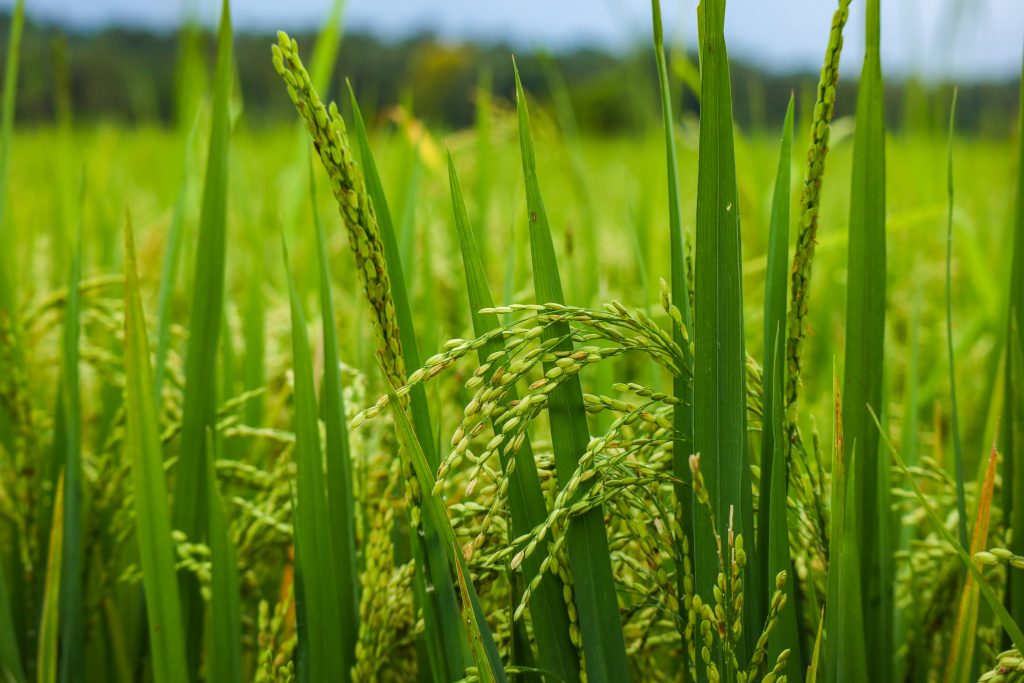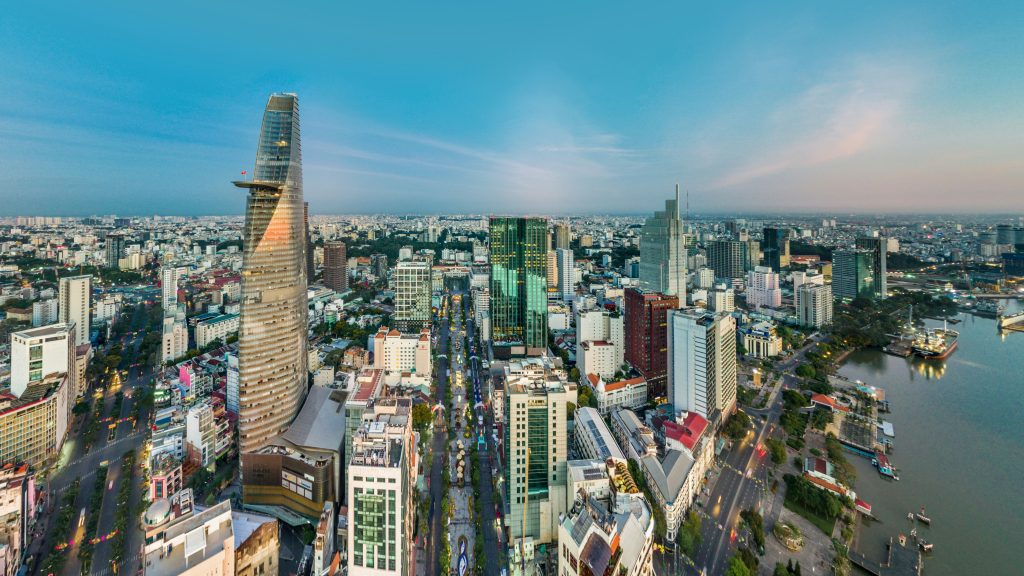Introduction In the global fight against climate change, carbon credits have emerged as a crucial tool for offsetting emissions and incentivizing sustainable practices. Essentially, a carbon credit represents a ton of carbon dioxide or its equivalent in other greenhouse gases (GHGs) that has been removed or reduced from the atmosphere. These credits can be traded…
Author Archives: GreenUP Team 🌏
The Department of Climate Change, which is part of the Ministry of Natural Resources and Environment, reported that the emission factor for Vietnam’s electricity grid in 2022 was 0.6766 tCO2 per MWh. This data was shared in official communication No. 327/BĐKH-PTCBT with various organizations and entities involved in greenhouse gas reduction initiatives in Vietnam. Throughout…
Introduction to Green Finance Green finance refers to the financing of investments that provide environmental benefits in the broader context of environmentally sustainable development. It encompasses a wide range of financial products and services, from green bonds and loans to investment funds dedicated to eco-friendly projects. The importance of green finance has escalated in response…
Introduction Forest carbon credits have emerged as an important mechanism in the global fight against climate change. Essentially, a carbon credit represents a tonne of carbon dioxide (CO2) either removed from the atmosphere or prevented from being emitted. Forest carbon credits, specifically, are generated through activities that enhance the carbon storage capabilities of forests, such…
Introduction The International Renewable Energy Certificate (I-REC) represents a significant stride towards a sustainable and green future. As the world grapples with the dire consequences of climate change, the shift towards renewable energy sources has become imperative. I-REC serves as a crucial tool in this transition, providing a transparent, verifiable method to track and trade…
Vietnam’s renewable energy policies have evolved considerably, driven by the need for energy security, environmental sustainability, and economic growth. The country has made bold commitments and strategic plans, but it also faces challenges in fully realizing its renewable energy potential. Introduction and Revision of Feed-in-Tariffs (FITs) Vietnam’s introduction and revision of Feed-in Tariffs (FiTs) for…
Introduction Vietnam, a dynamic and rapidly developing nation, is at a pivotal juncture in its journey towards sustainable energy. The realm of renewable energy in Vietnam is full of opportunity and transformation, reflecting the nation’s commitment to a greener future. In this article, we delve into the intricate details of Vietnam’s renewable energy sector, exploring…
History Overview The CDP, formerly known as the Carbon Disclosure Project, has a rich history as an international non-profit organization. With its roots in the United Kingdom, it has expanded its reach to Japan, India, China, Germany, Brazil, and the United States. CDP’s mission is to normalize environmental reporting and risk management across the business…
Introduction to ESG Materiality Assessment An ESG Materiality Assessment is a systematic process undertaken by organizations to identify, refine, and assess the various ESG issues that could potentially impact their business operations and stakeholders. This process involves organizing these issues into a prioritized list that can guide company strategy, objectives, and reporting. The goal is…
Introduction In the face of escalating climate change challenges, the global community is in dire need of effective strategies to curb greenhouse gas emissions. Amidst various initiatives, the carbon tax emerges as a promising economic instrument, designed not only to reduce carbon emissions but also to promote sustainable environmental practices. This article delves into the…
















